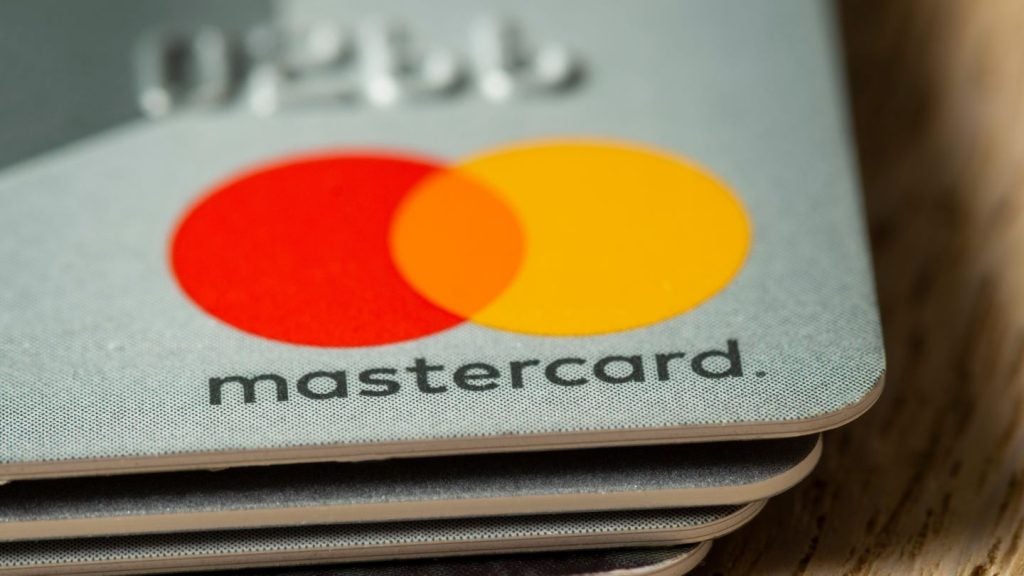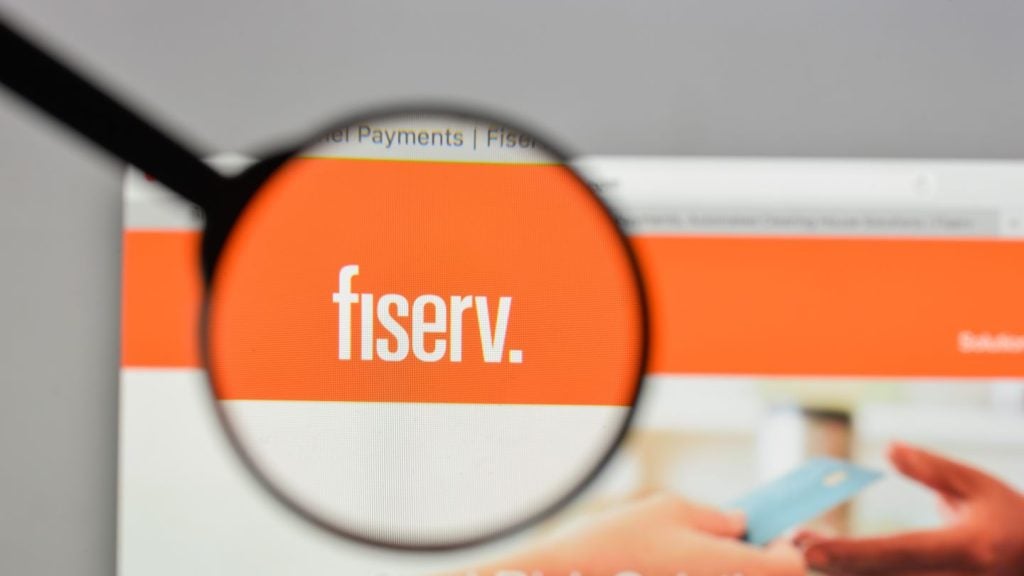Spanish bank BBVA is going from strength to strength with its Host Card Emulation (HCE) mobile wallet app. It is not the first to harness this technology, so what is it that has made it successful and what does HCE have that secure element technology doesn’t? Anna Milne investigates
HCE technology substitutes an NFC-enabled card in the process of a transaction with an NFC reader- by emulating the card. The NFC protocol is routed through the operating system of the mobile device as opposed to through a Secure Element (SE) chip, configured to respond only as a card.
With HCE, users can tap to initiate transactions, as they would with a contactless card. It is more secure because the security keys from a debit card, usually stored in the chip or the SE, are secured in the device in a temporary token form (tokenisation), a short number sequence representing the actual security keys, lasting for one day or for one transaction, or valid for a specific merchant.
As the SE is eliminated, contactless payment becomes much easier because there are no commercial ownership issues around the SE and therefore the payment channel. With SE technology, there was a tug of war between mobile operator and handset manufacturer, controlling SIM and handset respectively.
BBVA says its mobile wallet has been downloaded over 250,000 since December 2013.
BBVA has also recently announced planned expansion in Chile, Mexico and the US by the end of 2014. BBVA operates in 30 countries across four continents (excluding only Africa and Oceania/Australasia) and has already introduced BBVA Link, a Facebook account of sorts where users can send, receive and request money to and from friends on their list who also have the application.
The wallet only works in Spain presently but the company wants to extend it globally, via the US, Mexico and Chile first. The wallet uses Visa’s cloud based payments specification.
Javier López Chicote, head of new means of payment at BBVA says after years of hard work they created the wallet to “satisfy an unmet need”- a vast number of people demanding a global solution for controlling their finances in an effective and secure way.
“People want to be able to monitor their money and access a record of how and when it was spent; they want more control- to be kept in the loop of all transaction processes; they want the security of being able to dispute payments and charges; and the peace of mind of being able to block a card in an instant” says Chicote.
He says such a solution did not exist and BBVA went a step further than creating one by creating one for use in people’s mobile phones.
The wallet was not based on any other app or wallet, Chicote says, BBVA’s UX and design teams worked from scratch, committed
When asked whether adoption rates exceeded expectations, the response was a resounding yes.
“We hoped to be successful, but the market response really exceeded (and still exceeds) our expectations. At the end of the day, we are talking about a bank which time and time again has been blamed for the credit slump, and about payments which involve the use of money- and you know how we all care about money- but in about two months we had over 100,000 downloads and the figures are still growing. Today we have almost 300,000 clients using our applications, many of them using it to make payments.”
And it seems the downloaders are actually using the app- often it is the case where providers bandy around downloading stats but these don’t reflect real adoption or regular use of the software. In BBVA’s case it would seem that 90% of those 300,000 clients use the app every single day and 25% have replaced their normal payment method with the app for purchases.
The bank has not just targeted individual retail customers; it has focused on SMEs as well, with three different approaches: offering merchant discounts; sending messages to customers when they pass the merchant’s business in question; customer analytics and rich intelligence delivered to merchants about customers on products they buy and where they buy them and incentives for merchants to entrust their acquiring to BBVA so they can offer discounts to customers who use BBVA Wallet with the merchant.
The absence of SE technology means BBVA is not dependent on anyone else.
“As a consequence of that, we manage an overall view and control of the transaction and there is no need to overcharge the customer for the use of this technology due to third party ownership issues tied into a physical chip, as with NFC technology.”
BBVA customers do not need to be with a particular operator, nor do they need to replace the SIM card and they can activate and deactivate the service at the click of a button as many times and whenever they choose.
Of launching the project, Chicote says: “We felt like settlers as we dealt with new technology, new concepts and a new definition of how banking is done. As you can imagine, it required significant effort from several areas of the bank: the core layer through to the top layer; security, fraud and the design team of the application itself. There were many people from different teams working together in the same room to keep everyone aligned and avoid wasting time.”
Focus changed to the user experience once the project was properly on track, “it’s a big challenge to make customers feel comfortable paying directly with their mobiles- it’s not only a technological change but a cultural one. But with this they don’t have to rely singularly on the bank (which is far from easy these days) but on the technology.”
This project puts the customer at the centre, as many successful product launches have done. BBVA has spotted and cornered a gap in their market and has kept their customer at the centre of the roll-out. It is one more nod towards the new focus banks must have in order to ride out some of the toughest times in recent history.







